In 1992, John Malone, then president of the largest cable company, made a bold prediction: “In not too many years, TV viewers will have 500 channels to choose from.” At the time, many thought that was crazy, but look at our options in 2013. Have you seen DOG-TV? Not only do we have more content options to choose from, but we can view it when we want it, where we want it, and how we want it. Many people swore they would never watch TV from their computers, but not only are we doing just that, we’re now watching content on our smartphones and tablets.
We’re also “second screening” using our smartphones and tablets while watching TV. In fact, 50% of smartphone and tablet users are on social media sites while watching TV and 1/5 are reading and participating in social media discussions about the programs they’re viewing. As television shifts to an internet-based medium and content become more readily available, how does this effect new and existing networks?
It’s no surprise that launching a television network is incredibly expensive. Even Oprah needed a financial partner when launching OWN. One of the many advantages to internet-based video content – or IPTV – is that it’s not only a less expensive option, but it addresses many of the increasing expectations of consumers and advertisers. There are four things you need when launching a network: content, distribution, audience demand, and advertisers. Here is how IPTV checks each of these boxes:
Content
You have to have high-quality content regardless of how you deliver it. With current technology, you can deliver high-quality HD content over the internet and the distribution methods for doing so are improving every day. With IPTV, you are able to deliver the quality the consumer is expecting. You also have to produce content people want to view and provide opportunities for engagement. The engagement expectation is only going to increase with time, so content producers need to think about interactivity. In 2001, I was working with EPSN on the development and launch of “Pardon the Interruption” (PTI). One of the innovative methods for keeping the attention of the 18-34-year-old male demographic (not that attention spans get better with age) was the PTI rundown. The rundown let viewers see what topics would be covered during the program, where you were in the program, and how much time was left on the current topic. The huge success of this idea was quickly copied on many other network programs. With consumer engagement in live TV programs, content distributors can drive an entire show’s rundown based on hot topics that their viewers are interested in.
Distribution
In the last decade, getting space on cable systems has only become increasingly expensive, difficult, and time-consuming. But the choke-hold cable companies have had on new networks is slipping away. One-third of the world’s population is using the internet with developing nations showing the biggest gains. The great thing about IPTV is that its open for anyone with internet access. There are no gatekeepers like with satellite and cable – users are able to access your content at a fraction of the cost. IPTV also allows for interactivity which satellite and cable does not.
Audience Demand
Assuming you have built content and established how your network will carve its global niche in the market place, it comes down to effective marketing. With IPTV, you have a lot of options to build your audience through search engine optimization, paid search, blogger outreach, viral video marketing, and traditional broadcast and print advertisements. One of the most powerful marketing tools for building an audience is social media. A show designed for interactivity and viewer engagement will help with real-time audience growth.
Advertisers
More than ever, advertisers are looking for measurable returns on investment, which is an advantage for IPTV networks. IPTV distributors can build data collection and clickable advertisements into their programming to help your advertisers monetize your content. This also helps build real-time demographic information which is beneficial to your advertisers.
As with the introduction of cable television, the expansion of IPTV will have a huge impact on every aspect of operating a television network from distribution, content creation, and monetizing your network. The consumers will end up being the big winners, but there are very exciting opportunities for networks themselves. With the shift towards internet distribution, will emerging networks need cable distribution at all, or will all networks become IPTV networks?


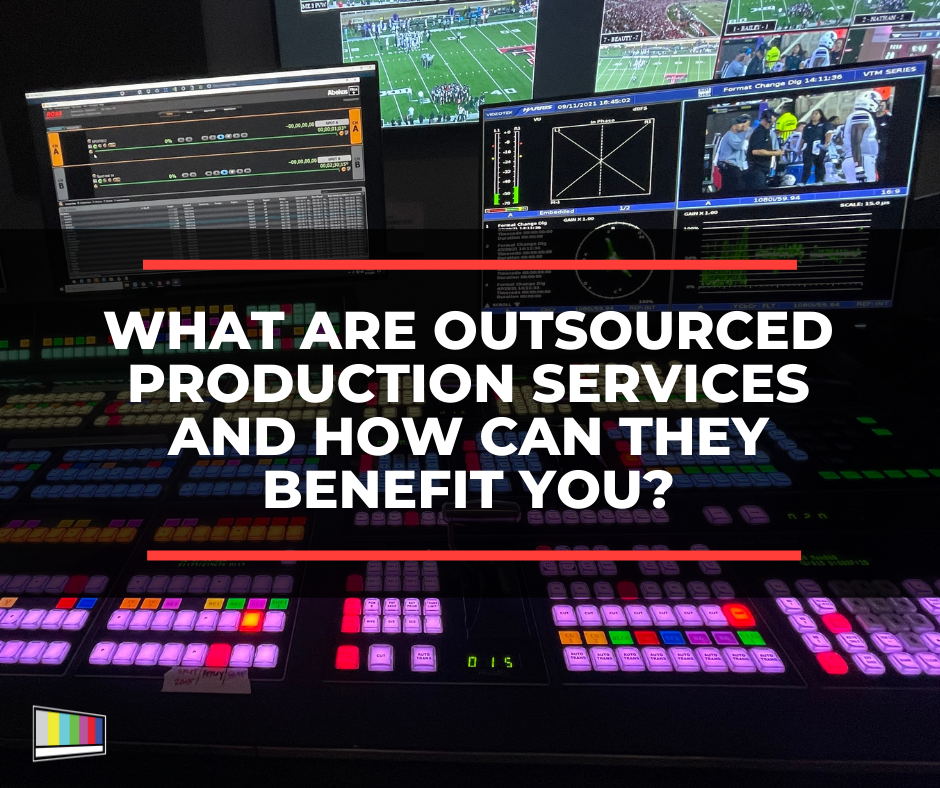

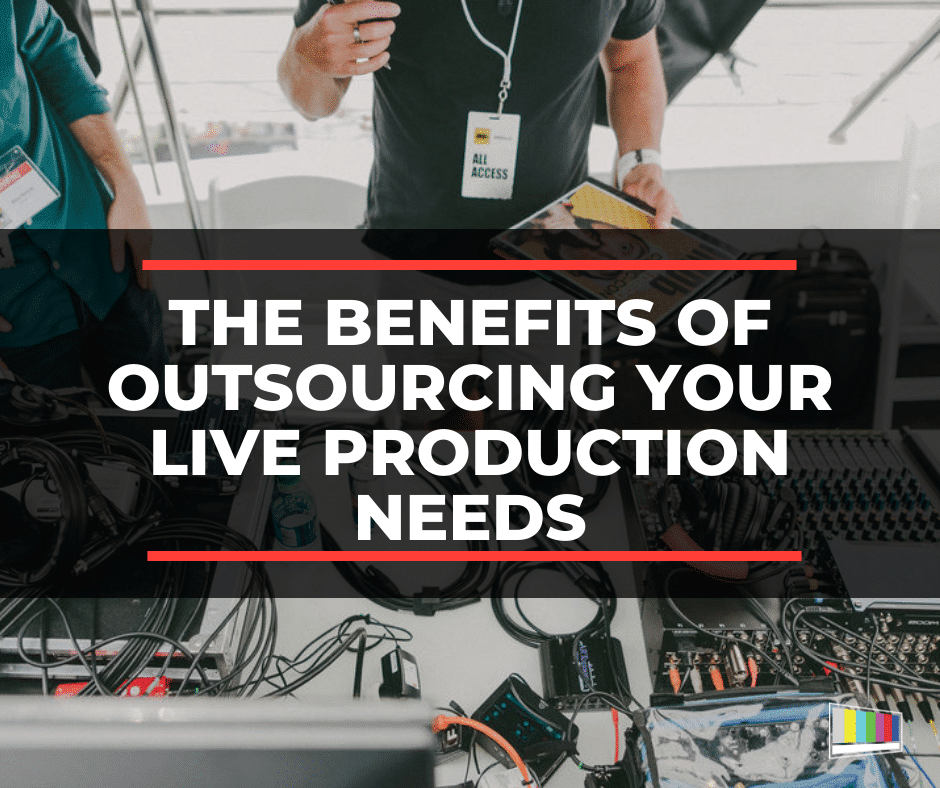



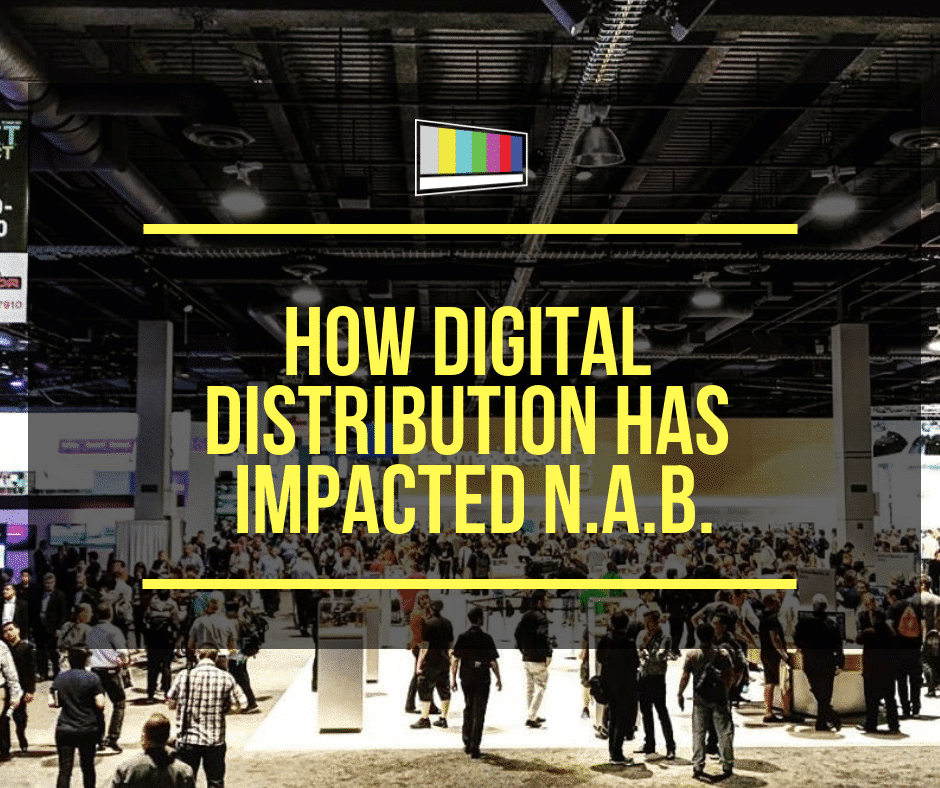


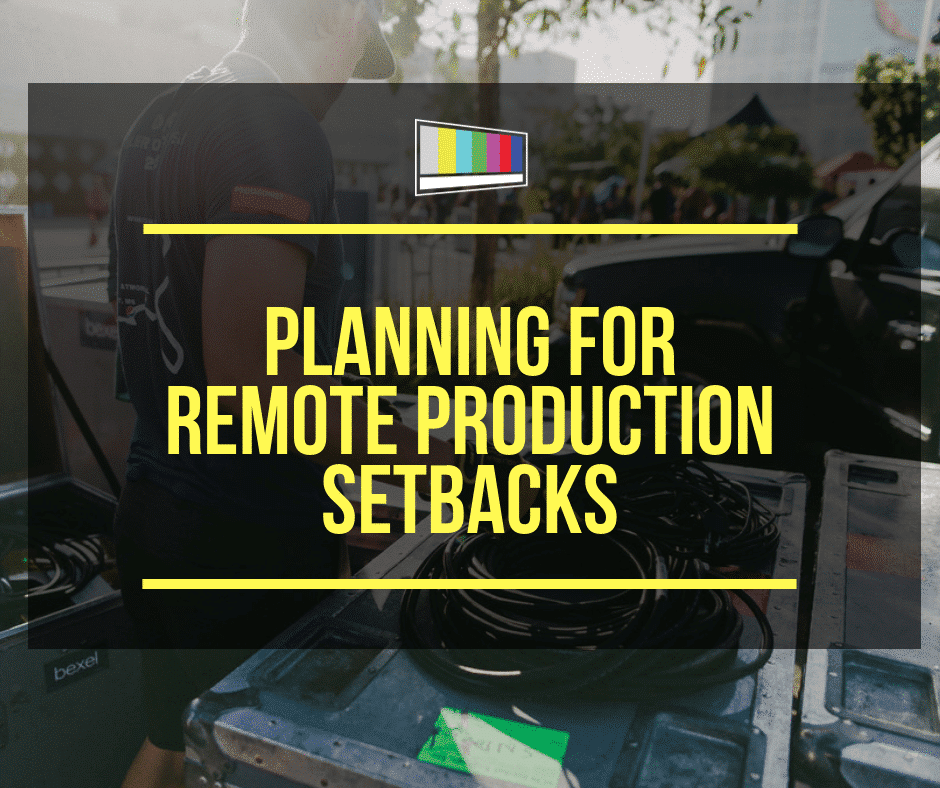







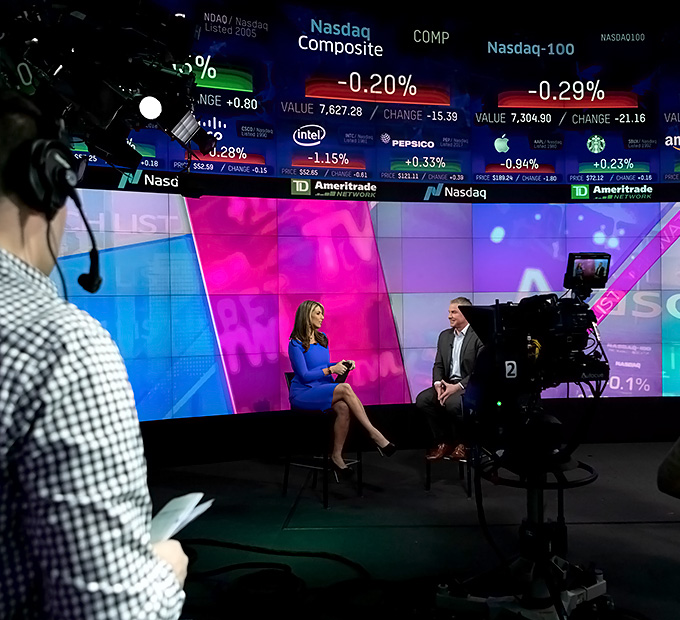
Leave a Reply